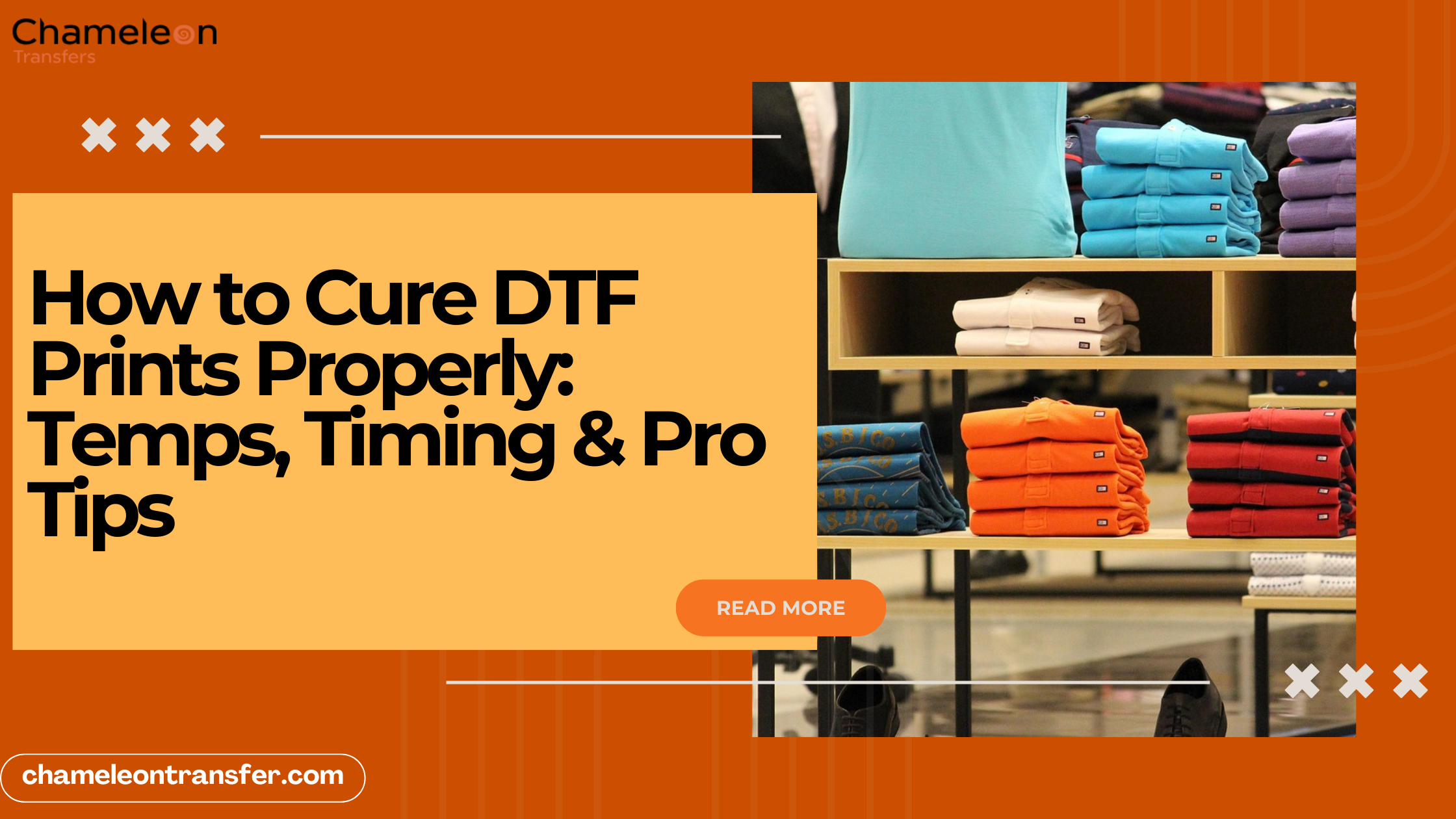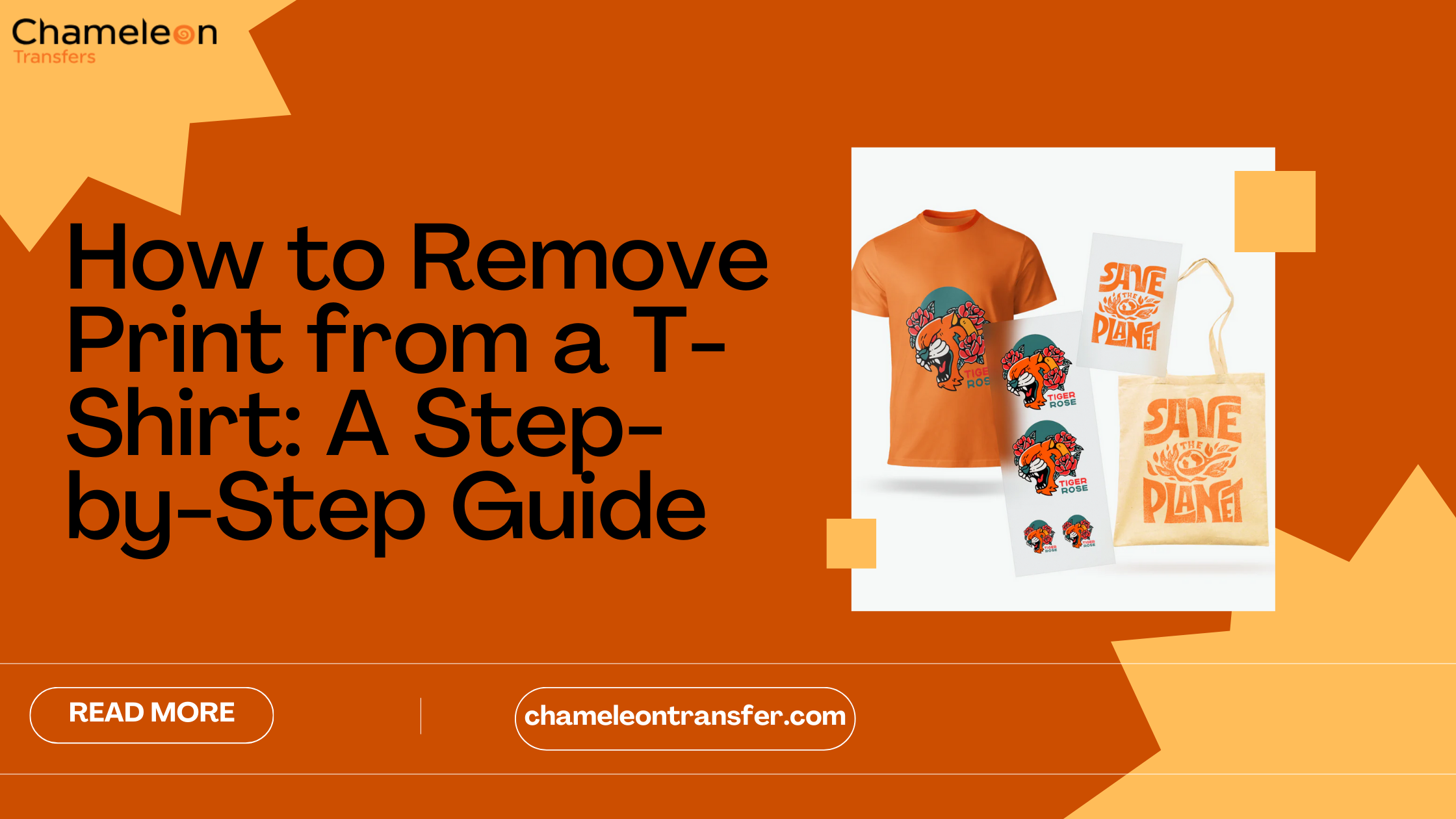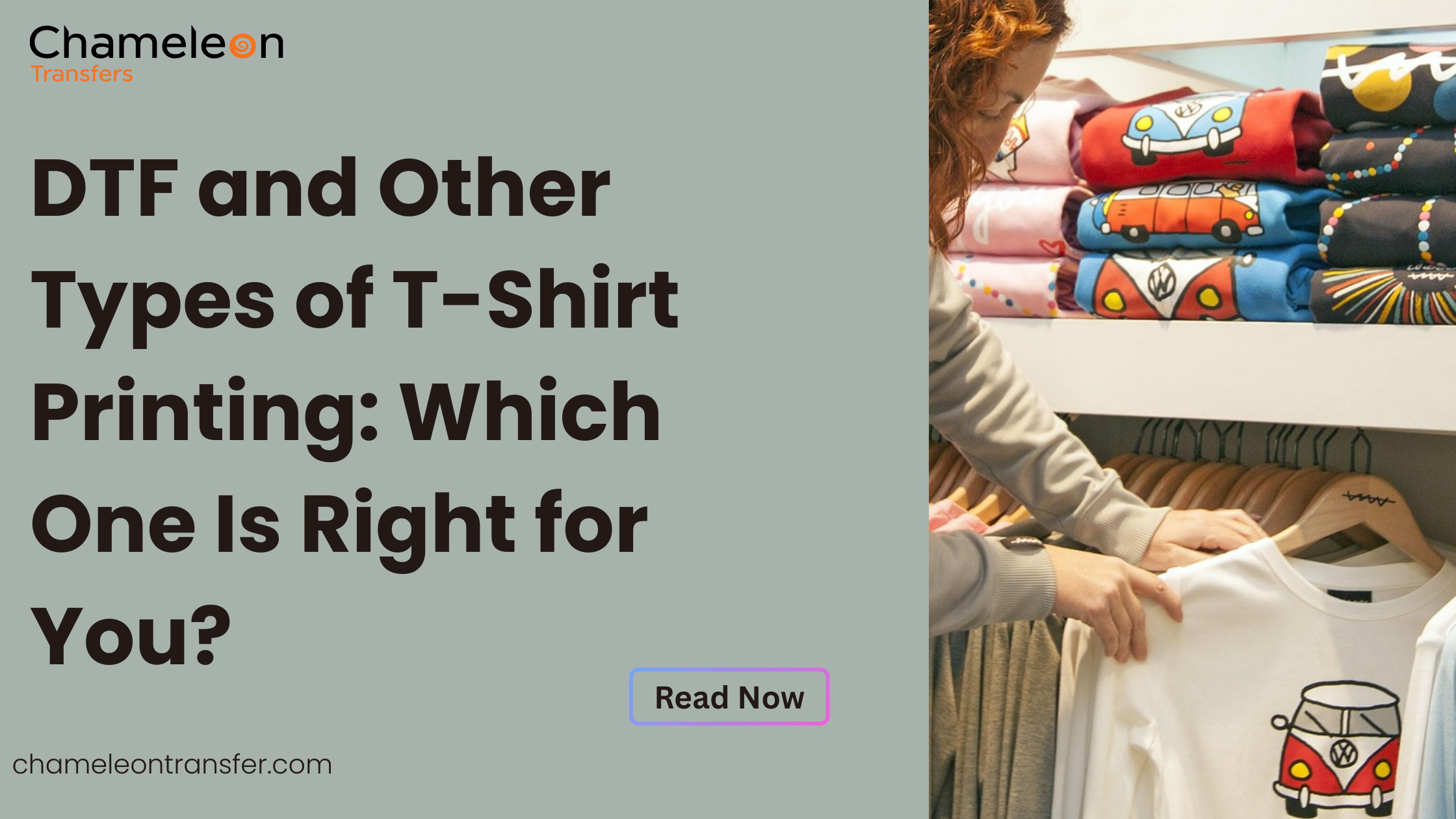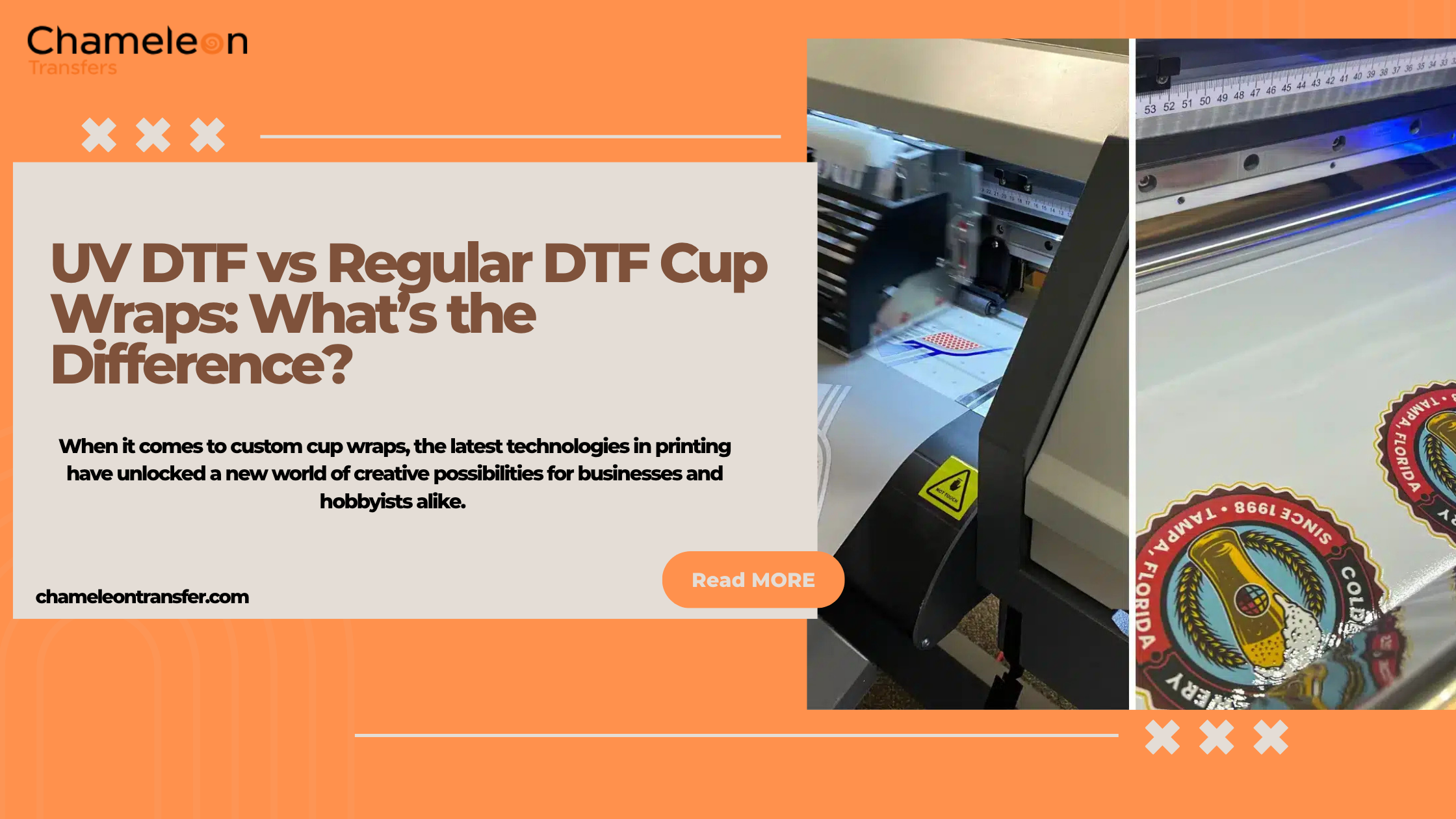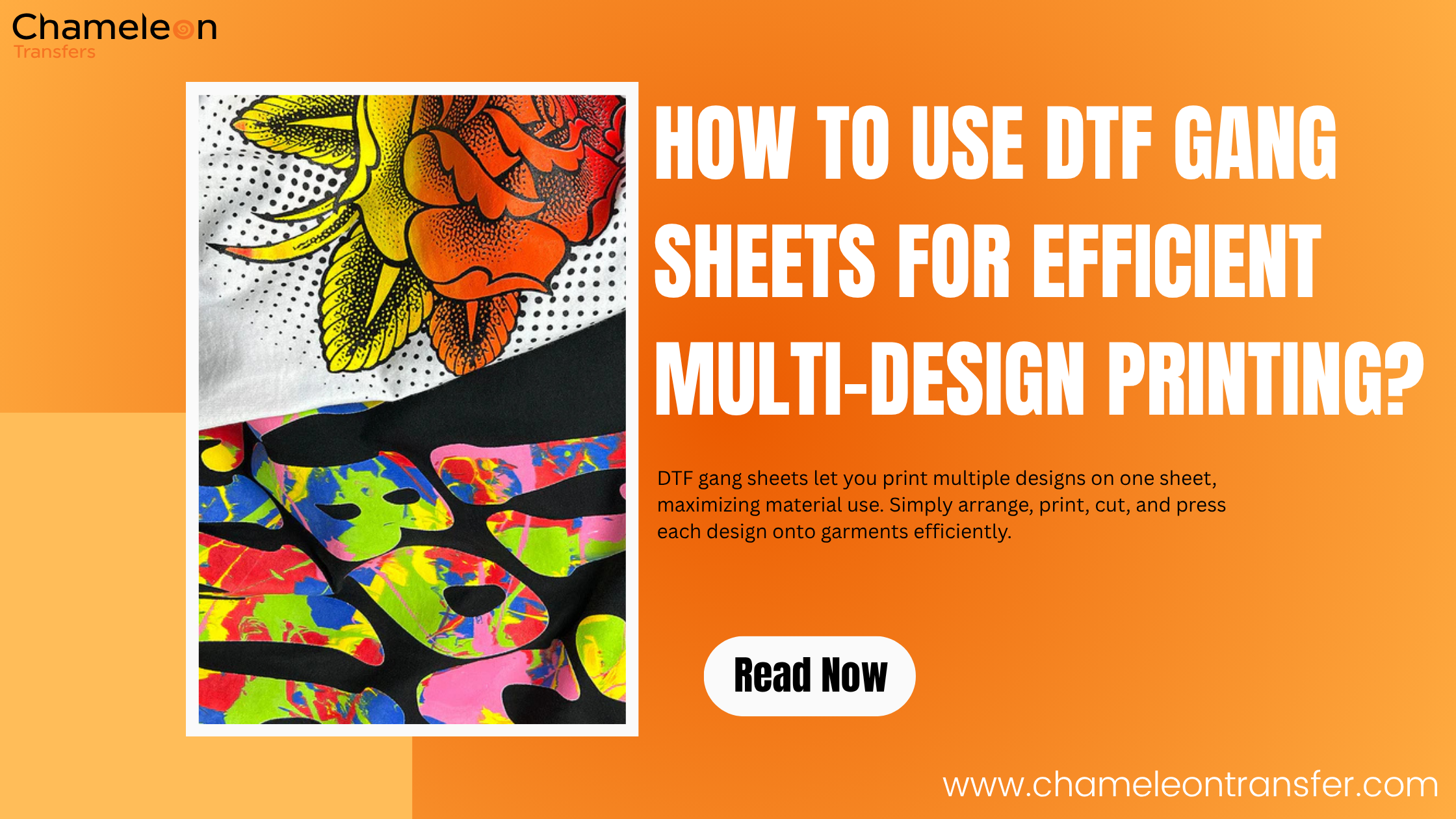You must have seen those vibrant, super-detailed prints on t-shirts and been curious about the process. Chances are, the magic behind those amazing prints is Direct-to-Film (DTF) printing. This game-changing technique has taken the world of textile printing by storm and for a better reason.
But like any printing business, DTF printing has its own nuances too. One key element that very often confuses newcomers and even some professionals are the choice between DTF printing hot peel vs cold peel.
These are not fancy labels, but two different approaches that can significantly impact the quality of the product.
DTF printing trying different Hot peel film vs cold peel
Which is better hot peel or cold peel? Before you hit print, you will have to decide between DTF printing hot peel vs cold peel. These terms refer to how you will be removing your film after dtf hot peel film, and knowing the differnt version of dtf is very important if you want to make your design shine out at every product like the right dtf time and temp.
Hot peel
In this Hot peel DTF application guide, with the help of a DTF hot peel film, you can remove the film from the texture fabric almost instantly after heat pressing. This differnt version of DTF is all about great speed and efficiency. You press, you peel, and then you are done. This rapid release can surely be a lifesaver for high-volume productions.
However, a hot peeling shirt does require precise and the right DTF time and temp. For most of te fabrics, it is recommended to set your heat transfer to a temperature between 300°F and 315°F (approximately 149°C to 157°C).
Apply the pressure then for around 10 to 13 seconds. But for other fabrics, these settings must be adjusted a little. Hot peel film for DTF printing Ranging from 140°C to 150°C (284°F to 302°F), with a pressing time of 5 to 10 seconds of transfer processes.
Cold peel
On the other hand, between cold peel vs hot peel, a cold peel transfers does require you to let the transfer cool down completely, before the removal of the dtf pet film, printing with cold peel DTF film. Why use cold peel film in DTF printing? This period of cool down allows the adhesive to fully bond with the fabrics.
This will result in super-durable and highly detailed transfers. The recommended setting for certain cold peel applications is to adjust the heat press to 375°F (190°C) with medium pressure, pressing for 12 seconds. Cold peel for detailed designs is the best recommendation for creators and business owner.
How to choose between hot peel and cold peel

So are you stuck between DTF printing hot peel vs cold peel? Do not worry, as it is a common dilemma one goes through when starting out in this field of digital printing, and you will know Which is better hot peel or cold peel for you.
Consider Your Project's Complexity:
Intricate Designs
If your print design does feature some fine lines, small details, or common patterns, then the cold peel transfers is generally a safer bet to play here between cold peel vs hot peel. This cooling period allows for a more secure bond, which minimizes the risk of detail loss during the peeling process with differnt version of DTF.
Simpler Designs
For bolder, and much less intricate designs, hot peel DTF transfers can just work fine, being one of the benefits of hot peel transfer film. The quick release of this process is just efficient, and the risk of damaging the simple graphic designs is low.
Think About Your Production Speed:
High-Volume Production
If you are churning out a large number of prints for your business, then you will be getting a significant time advantage with the help of hot peel DTF film.
Small Batches or One-Offs
For much smaller projects or custom individual prints, this extra time is required for cold peel transfers which is usually not a very major concern. The slight delay you may face can be overweighed by improved quality and reliability.
Experience Level
If you are new to DTF printing then cold peel might be a better option for you. It is a lot more forgiving and less prone to errors. It gives you a lot better chance of achieving transfers that end up well.
But once you are comfortable with the process, then you can experiment confidently with hot peel dtf transfers to maximize the efficiency.
Also Read: What is DTF printing? Understanding The Innovative Tech
Hot Peel Film and Cold Peel Film Removal: Pro Tips for Perfect DTF Transfers

Mastering the Hot peel film quick removal tips is the key to achieving flawless DTF transfers. Be it dtf hot peel film or cold peel you want to team up with, these tips will always help you avoid common pitfalls and achieve professional-looking results according to film types.
Hot peel film for DTF printing Removal Tips
Timing is Everything
This is the most important element you need to consider when we talk about hot peel dtf transfers. You need to peel the film instantly after lifting the heat press. Be careful in this stage, as a second or two can create a huge difference while you release layer.
Smooth and Steady
In one smooth, and continuous motion, peel the film. Try to avoid jerky or hesitant movements, as this can cause the design to be smudged or get peeled unevenly.
Consistent Pressure
Apply even pressure as you start to peel. This will ensure that you will get a cleaner release and will prevent any part of the design from getting stuck to the film.
Cold Peel Removal Tips
Cool Completely
Patience is the key when you are getting involved with cold peel transfers. Allow the fabric to cool down properly before attempting to remove the film.
Start at a Corner
Gently try to lift a corner of the film with either your fingernails or better with a wedding tool. Try avoiding scratching the transfer itself.
Peel it low and slow
You should take advantage of a low angle while peeling the film, keeping it close to the fabric. This minimizes the risk of lifting the print design.
Read More About: What is DTF Gang Sheet Printing?
Conclusion
When you are choosing DTF, the difference between DTF hot peel film and cold peel is not just about the technique but also about the part where you understand your craft, master your tools, and deliver prints that dazzle you.
Both of these approaches do have their unique charm and purpose in the vibrant world of DTF printing. As you embark on your journey of DTF printing, remember that perfection does lie in practice.
Try to experiment with both of these methods, fine-tuning your settings, and letting your creative juices take the lead. Every peel is a step toward mastering the art of DTF transfers with the help of Chameleon Transfers.
FAQs
Q. Do I peel sublimation hot or cold?
Sublimation does not involve peeling as it uses heat to transfer dyes directly into the fabric.
Q. How do you know if vinyl is cold or hot peel?
See the manufacturer's instructions for hot or cold peels. hot peel dtf film is done immediately after pressing temperature, cold peel requires cooling before removal.
Q. What is a hot peel transfer?
A hot peel transfer involves removing the transfer film immediately after heat pressing while it is still hot, ideal for speed and efficiency.
Q. What is a cold peel?
Cold peel requires the film to cool completely before removal, for a stronger bond and better detail.
Q. Are all DTF films the same?
No, DTF films vary by type (hot peel dtf film or cold peel) and are suited for different designs, fabrics, and production needs.
Q. Do you peel transfer paper hot or cold?
It depends on the specific transfer paper; always follow the manufacturer's instructions to determine the correct peeling method.


